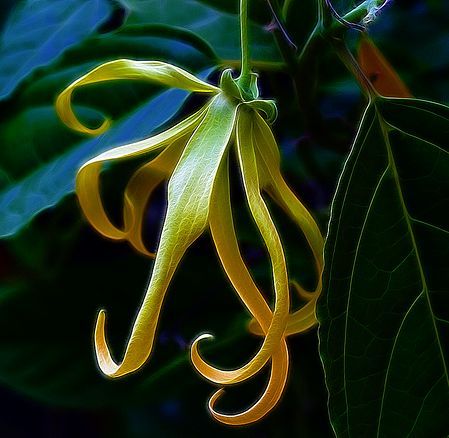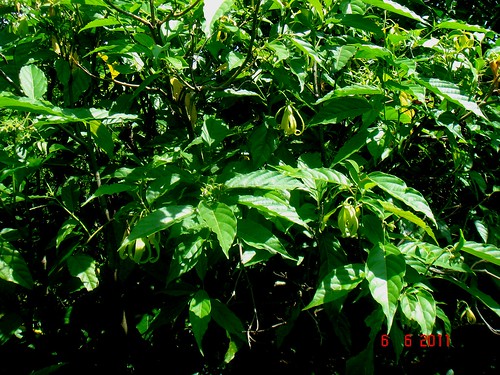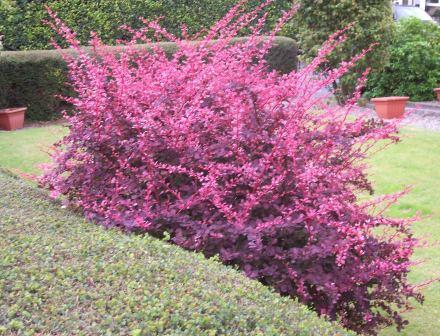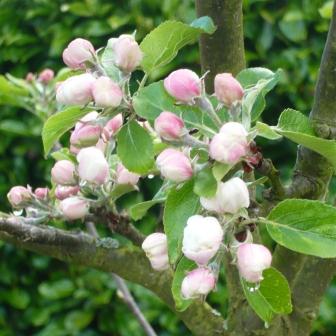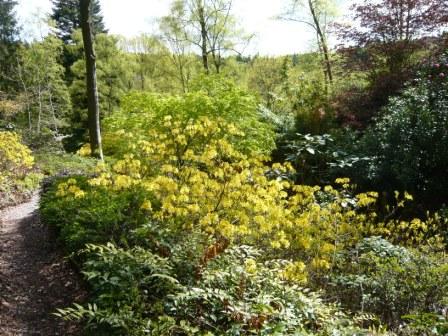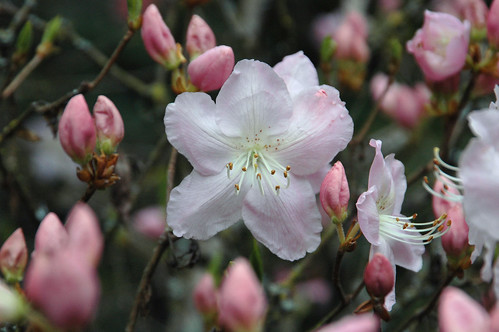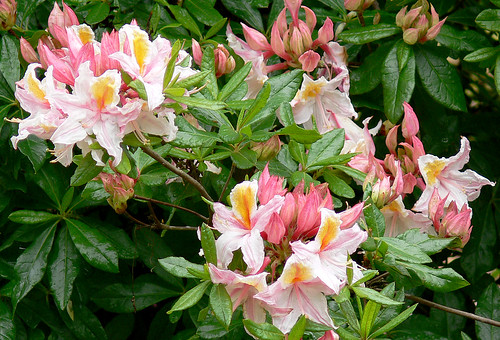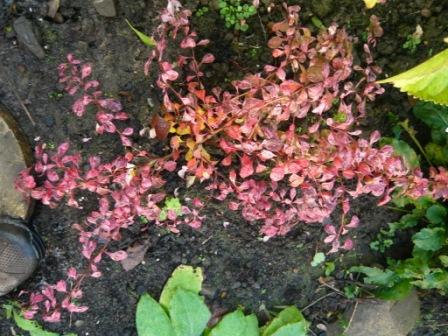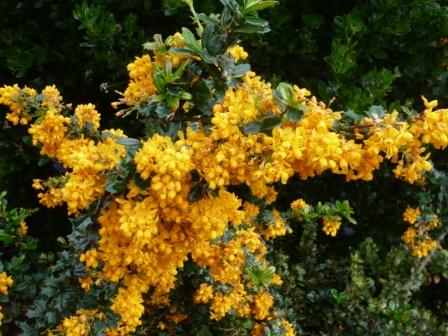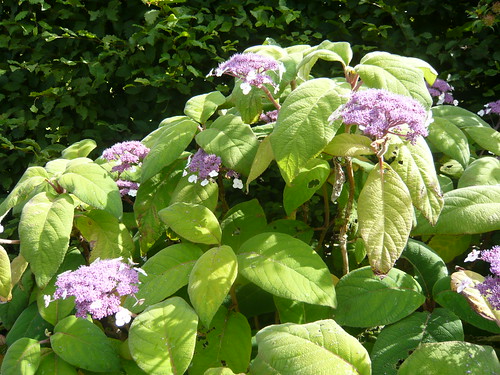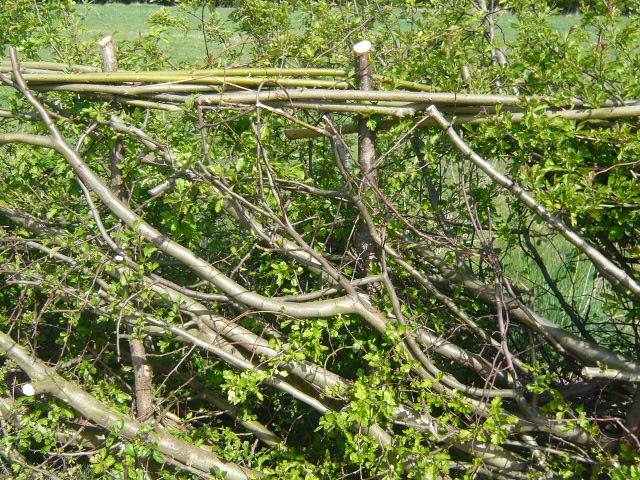Dragon Tree – Root and Branch Review
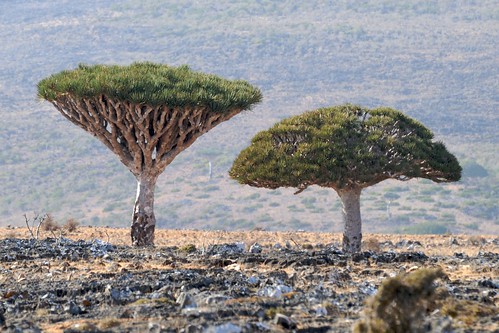
A very distinctive and primitive tree. Legend has it that the tree sprang up from the spot where a dragon and elephant spilled blood and battled to death.
Key Features of the Dragon Tree
- Latin name – Dracaena Cinnabari – other common names inside-out umbrella tree’ or Dragon Blood Tree
- Height – up to 50 feet
- Type of tree – evergreen
- Leaves – Broad based spiky leaves in clusters at the top of vertical branches
- Flowers – pale yellow clusters
- Fruit – Yellow berry ripening to black
- Bark – Rough textured silvery grey
- Family – Dracaena
Origins and Distribution of the Dragon Tree
- Unique to the Indian Ocean island of Soqotra .
- The island is home to over 200 other plant species that are unique to the island.


